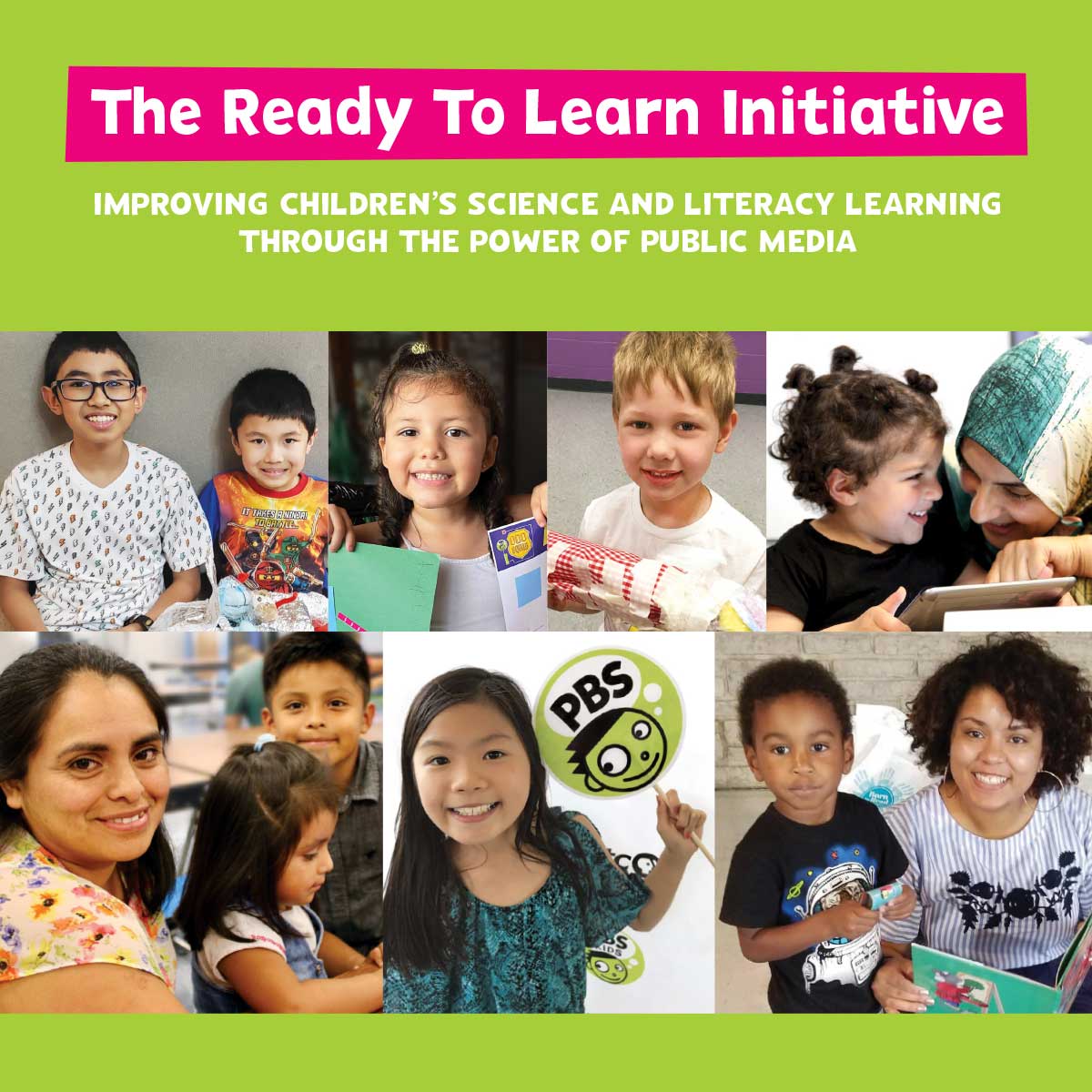
Bridge Multimedia is delighted to be conducting accessibility-related research for PBS KIDS through their Ready to Learn grant from the U.S. Department of Education.
The three wide-ranging studies will include research regarding meeting the needs of Deaf children through American Sign Language (ASL) and other strategies in shows and games, as well as identifying and improving accessibility to engage children who are blind to learn through PBS KIDS content.
Our study topics are:
- How very young Deaf children can be best supported through ASL interpretation when a single interpreter switches between multiple characters on-screen.
- How to better engage Deaf and hard of hearing children in PBS KIDS video games by working with Deaf child gamers and Deaf game developers.
- How to better engage children who are blind or have low vision in PBS KIDS content.
A critical element of these studies is the involvement of Deaf people and people who are blind or have low vision. For the first two studies we will engage Bridge’s Deaf Advisory Board and recruit Deaf gamers (children and adults) to participate. For the third study, we will bring together focus groups of children who are blind or have low vision, their teachers, and their parents. Throughout all three studies, we will generate new knowledge and synthesize promising practices in accessibility for children ages 4-8 and identify questions for future research that will further increase understanding of how to meet children’s accessibility needs.
According to Dr. Wendy Sapp, Bridge’s Chief Research Officer & Senior Project Director,
“Bridge has worked closely with our friends at PBS KIDS, providing them with audio description and sign language interpretation through our Department of Education OSEP television access grant, as well as completing joint research into accessibility around ASL in programming. It’s tremendously exciting to be able to build upon that work through this series of research projects. We’ll be releasing the results of our research as it comes in.”

